Original art for sale
Shop original and limited edition art, directly from artists around the world.
Clear all 
Rashna Hackett
Acrylic painting
136 x 92cm
Now £576
£720(-20%)
Paul Cheng
Oil painting
41 x 30cm
£663
Larissa Uvarova
Oil painting
60 x 80cm
£691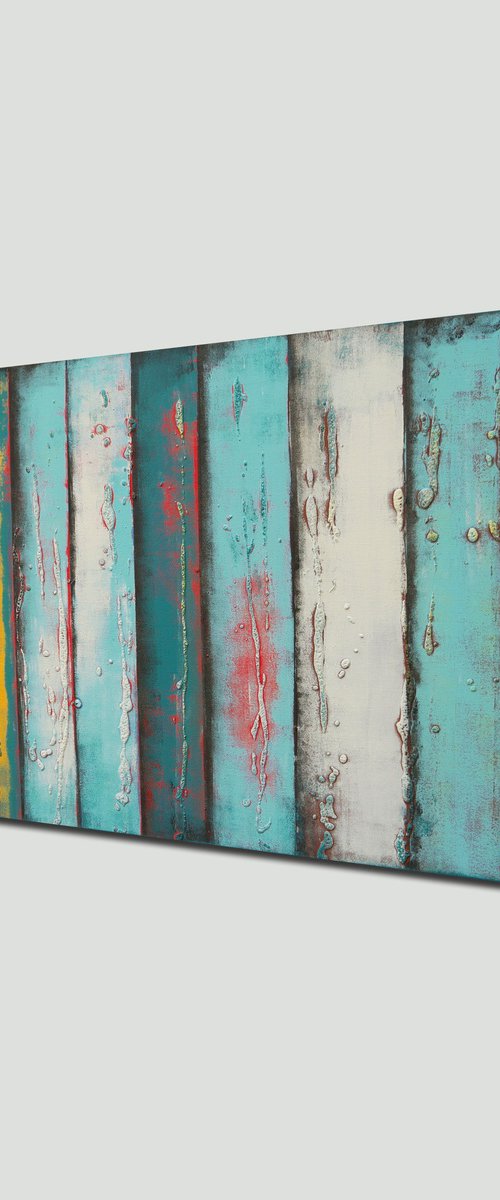
Ronald Hunter
Acrylic painting
140 x 70cm
£863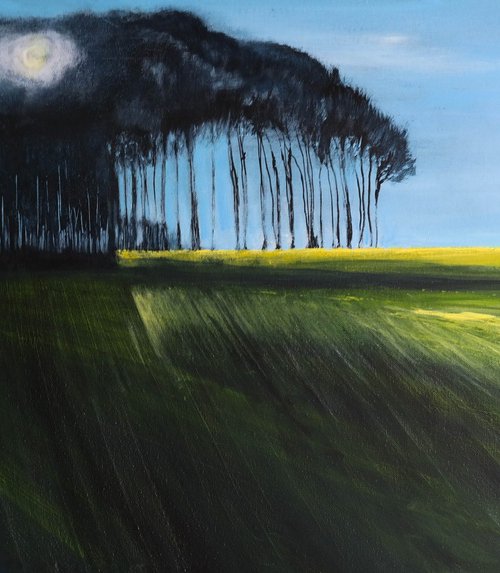
Danijela Dan
Acrylic painting
100 x 50cm
£510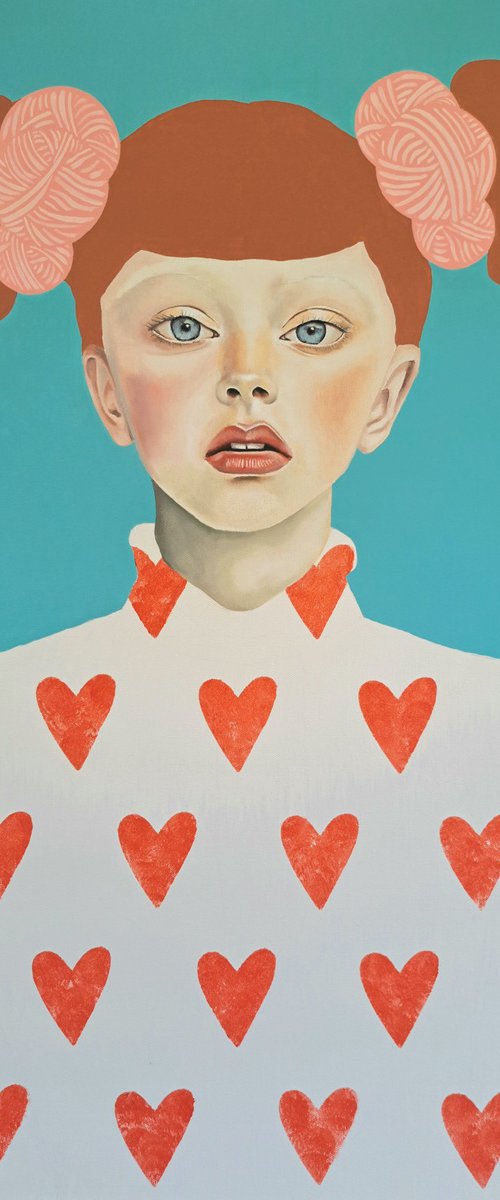
Lee Jenkinson
Mixed-media painting
60 x 80cm
£300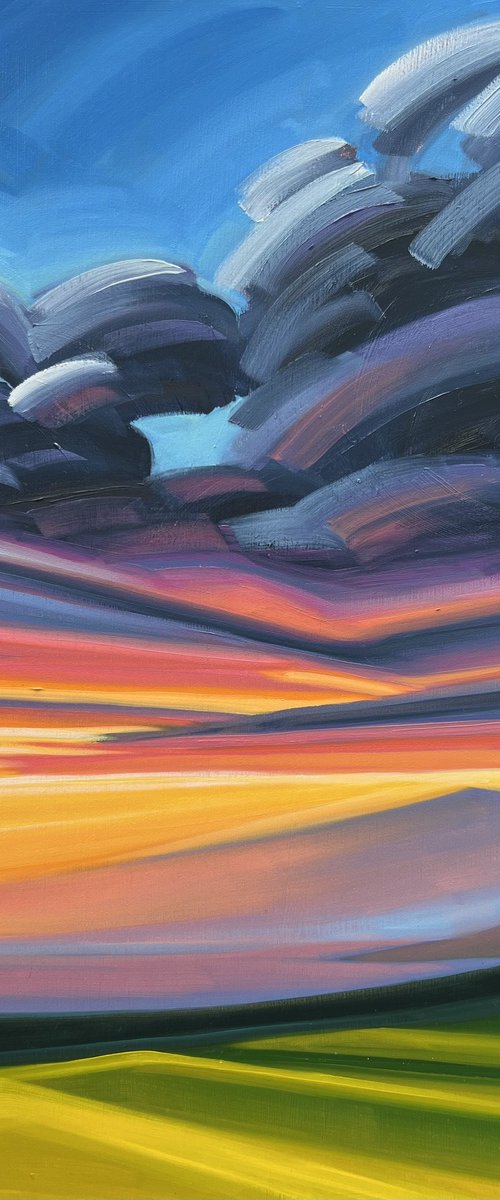
Grant Pecoff
Oil painting
30 x 41cm
£1179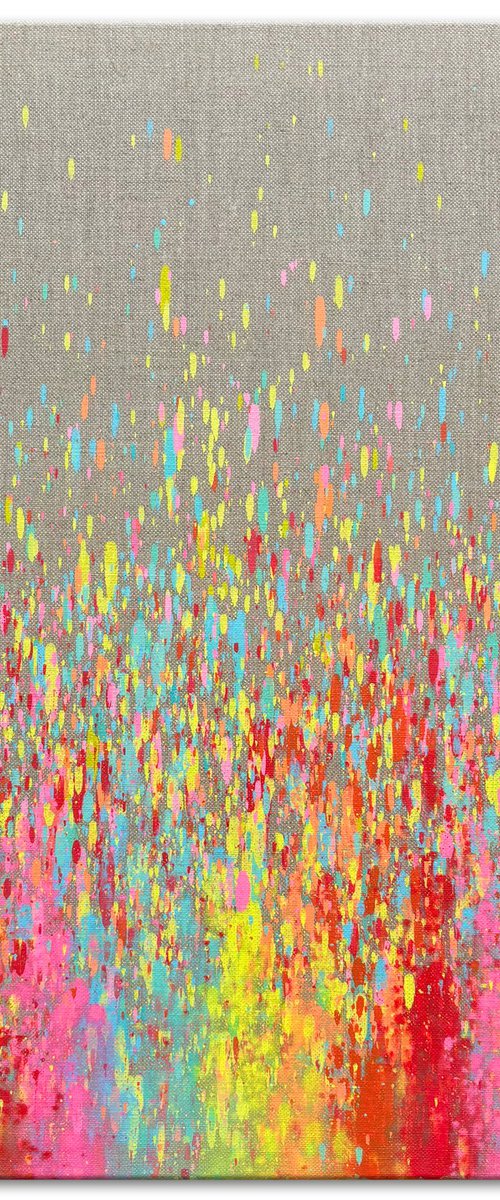
Cheba
Acrylic painting
50 x 60cm
£700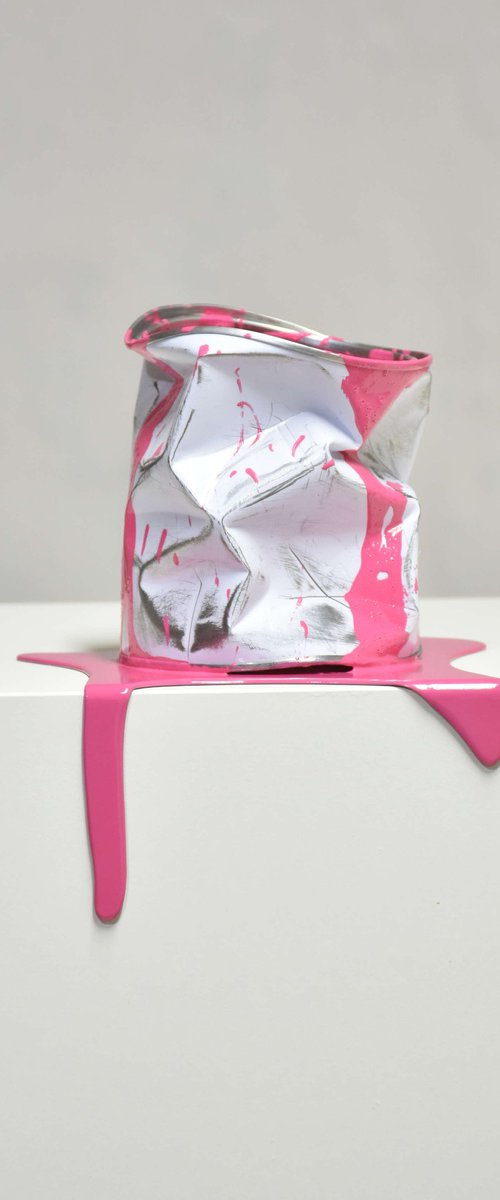
Yannick Bouillault
Sculpture
18 x 21cm
£311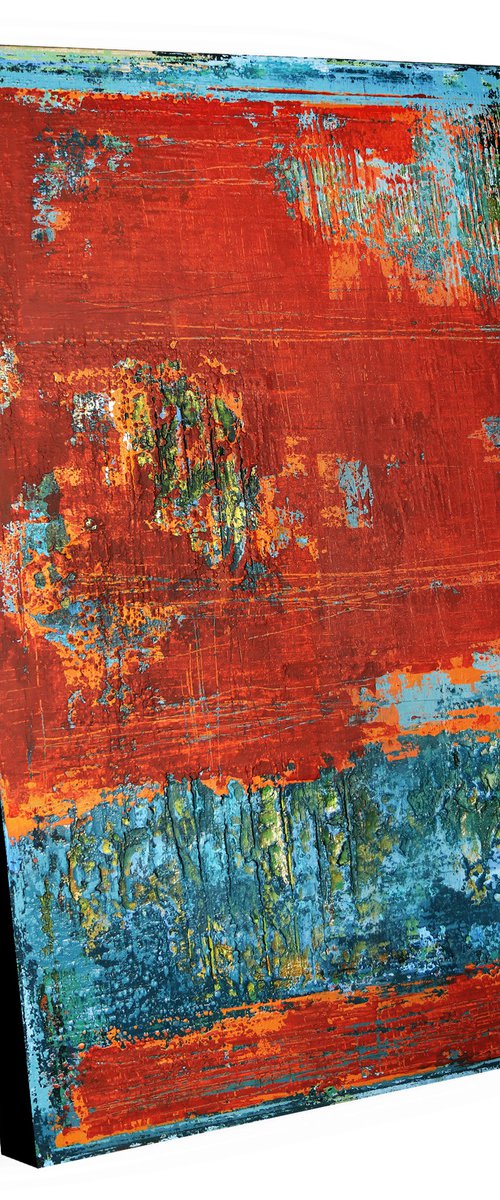
Inez Froehlich
Acrylic painting
80 x 120cm
£855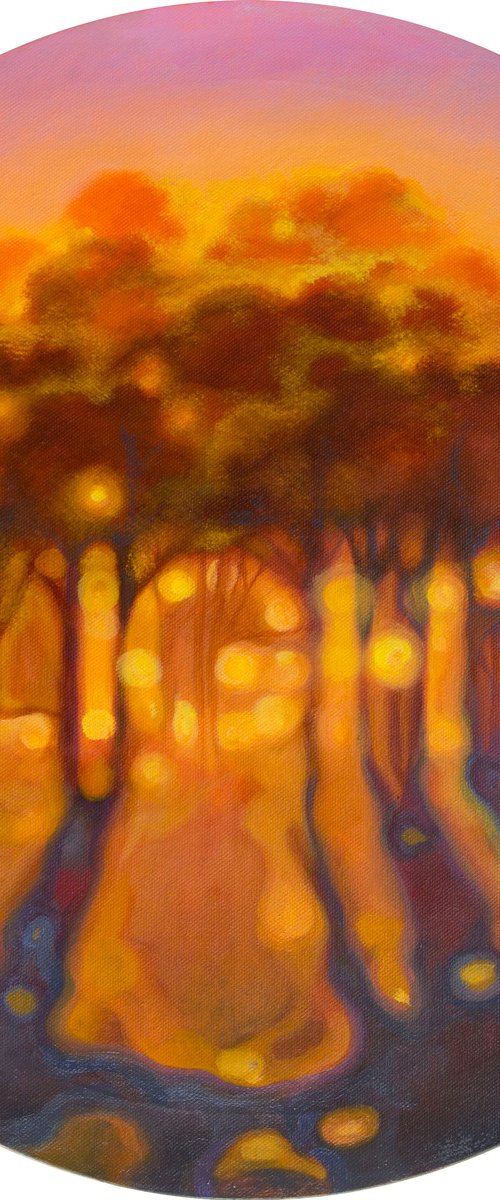
Yaroslav Kurbanov
Oil painting
50 x 50cm
£475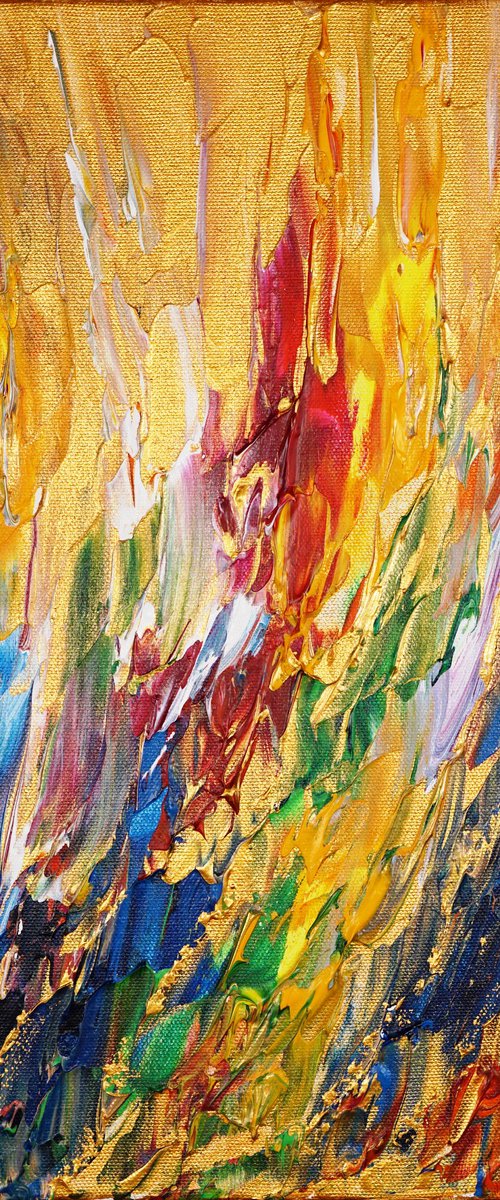
Peter Nottrott
Acrylic painting
40 x 40cm
£467